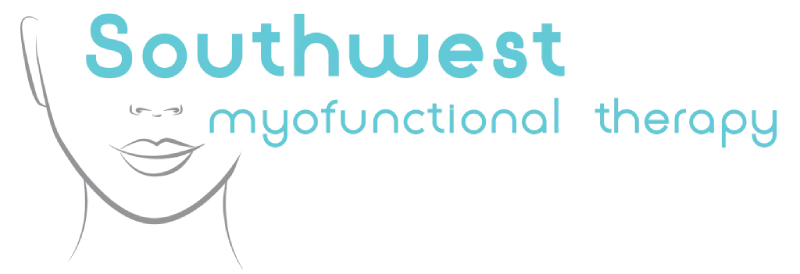Welcome to the Southwest Myofunctional Therapy blog – part 3
Posted by Sandraluz Gonzalez Nov 25, 2022

This post is the third in a three part series on orofacial myofunctional disorders and orofacial myofunctional therapy. If you haven’t read parts 1 and 2 yet, I recommend you do before continuing.
Types of orofacial myofunctional disorders (continued)
Sleep-disordered breathing and obstructive sleep apnea
Obstructive sleep apnea, or OSA, is a condition where the upper airway is blocked or restricted during sleep. This leads to episodes of shallow or paused breath during sleep, known as apneas. When an apnea happens, it interrupts the person’s sleep cycle – although sufferers rarely remember these interruptions when they wake. Because of this, OSA can go undiagnosed for years, and is often only noticed because of the detrimental effects it has on the patient.
In most cases of OSA, the obstruction is caused by the tongue or the tissues of the throat. This is often due to improper resting tongue posture or other OMDs that affect the upper respiratory tract. During sleep, the soft tissues and muscles of the upper throat relax. In some cases they relax so much that they can collapse and obstruct the airway, partially or even completely.
For many sufferers of mild to moderate OSA, orofacial myofunctional therapy can provide relief through a series of simple, painless exercises. Orofacial myofunctional therapy retrains the muscles of the face, jaw, and throat to work in concert the way they should.
Millions of Americans suffer from these and other types of OMDs
Fortunately, there’s help. Orofacial myofunctional therapy is a rapidly growing field, and new treatments for these disorders are evolving all the time. Southwest Myofunctional Therapy is committed to bringing relief to those who suffer from OMDs in New Mexico. Call the office today to schedule a consultation and find out how we can help.
Check back soon for more on OMDs and orofacial myofunctional therapy!
Office Hours
MON - THU8:30 am - 5:00 pm
FRI - SUNBy appointments only




